|
Soon after malls infiltrated suburban American life, stores such as Spencer's, Claire's, and Kirkland's appeared with the walls. The larger context was the idea of "gifts" for a variety of consumers; girls, boys, middle aged women, etc. This idea went on to develop into stores solely dedicated to one thing such as outdoor flags or candles. But let's not get to far ahead of ourselves.
Spencer's brought the weird and practically useless stuff to teenagers across the country. I myself had one of the Pinscreen's show above. Yes this was an amazing thing, that felt wonderful against your skin, cold refreshing movement which was somewhat erotic. So it is easy to imagine teenagers across the country doing all sorts of perverted weird things to this device. Especially the gross sample displayed in Spencer's, yuck! And although this device had not intention of serving these purposes, it was initially invented for casting shadows in animated movies Artist and filmmakers Alexandre Alexeiff and Claire Parker developed this tool, where their initial screens held close to a million pins with hopes of creating a chiaroscuro effect. As a result this animation process proved to be extremely time consuming, working frame by frame and pin by pin thus rendering it as useless as the device itself. Well that is depending on what your intentions are?...
0 Comments
Why not embark on this adventure with something quintessential post-modern in its duality and ephemeral-ity. Impermanent as both a liquid and a solid, as well as brilliant and absurd, it is the edible glow in the ice cream. Created by Lick me I'm Delicious a British ice cream company, Charlie Harry Francis worked with scientist to synthesize luminescent protein found in jellyfish where calcium activated proteins react when agitated. With Francis the ice cream company has also experimented in using quinine a tree bark used to treat malaria to generate luminosity. With this knowledge and technology they've created glowing ice cream and sorbet that illuminates upon being licked. A scoop of ice cream currently costs about $225 USD, but just wait, this is just the tip of the ice berg.
Will mankind have made its mark with the melted sticky goo of glow in the dark jellyfish ice cream? Well...maybe the science and technology surrounding the ice cream itself, such as the calcium activated proteins called Green Florescent Protein used in to detect cancer cells. Apart from being a derivative of GFP's, why does glow in the dark ice cream exist? Yes it's novel and fun, but so are Glofish ? Why did artist Eduardo Kac genetically engineer his pet rabbit to glow in GFP Bunny 2000 Alba? Obviously Kac has a deeper philosophical purpose than Glofish, but why? Is this all nonsense? Are we diverting time, money, and energy away from effectively using GFP's for science, medicine, and evolution or even life's greater purpose? Or is it ok to use them for entertainment, economics, and escape? Just because we can create it, should we? Obviously being a child of the 80's my mind is permeated with memories of lightning bugs and the cartoon Glo Friends. But will tomorrow's generation reminisce about glow in the dark ice cream or maybe by then they themselves will glow? |
LAJ
100 Objects of Popular and Material Culture is an blog exploring the manifestations of human consumption and commodity-ization. The purpose of this experiment is to explore material and popular culture in contemporary society by using objects and concepts to prompt wider questions and reflections. So by emulating The British Museum's and Neil MacGregor's format of A History of the World in 100 Objects I plan to satirically analyze and reinterpreted 100 material culture objects over the course of 2014. Material Culture is the study of our culture's consumption of stuff; namely the manifestation of culture through material productions where people's perceptions of objects is socially and culturally dependent. With this, objects reflect conscious and unconscious beliefs on the the individuals who fabricated, purchased, or used them, and by extension the society where they live. So examining materiality, cultural truths and societal assumptions may be discovered. As anthropologist Arjun Appaduai states "in any society the individual is often caught between the cultural structure of commodity-ization and his own personal attempts to bring a value and order to the universe of things." Objects and commodities make up a much larger symbolic system consisting of want and need, socio-economic status, fashion, etc. Often times form follows function whether the commodity, market, and or consumer forever evolve around one-another. Philosopher Pierre Bourdieu's theories of capital flow full circle; where regardless if you are a minimalist or a hoarder the world is made up of things and everyone will leave their footprint on the earth. So by humorously analyzing marketed objects and concepts, hopefully this blog will provide further incite into ideas of over-consumption, a disposable society, consumerism vs. anti-consumers, planned obsolescence vs. sustainability, as well as the greater good of mankind and future generations. Archives
March 2015
Categories |
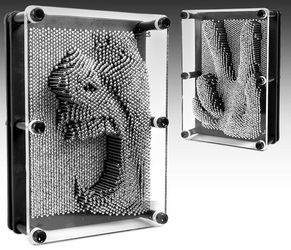

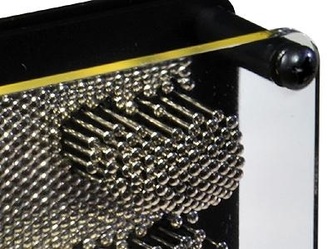
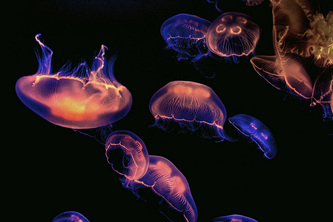

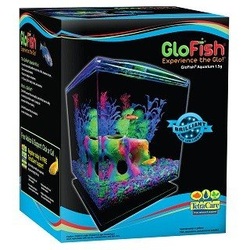
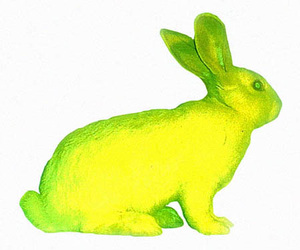
 RSS Feed
RSS Feed